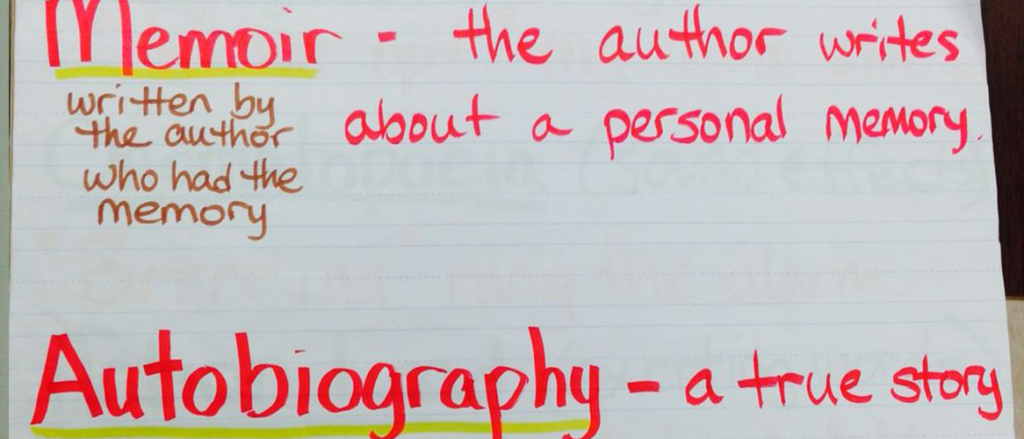There are three primary formats to convey a nonfiction story: autobiography, biography, and memoirs. It is important for a self-publishing author to understand the difference to assure they are writing under the correct scope.
Autobiography
An autobiography is the author reciting his or her life story in first person tense; the author is the main character of the story. The author tells their story in chronological order. Autobiographies include specific details that only the author knows and provides context by connecting those details to larger issues, themes, or events, allowing the reader to relate personally to the author’s experience in the novel.
Some enriching autobiography books are Miracles Happen by Mary Kay Ash, the founder of Mary Kay Inc. (cosmetic retailer), or a legendary autobiography: The Diary of a Young Girl by Anne Frank, published in 1947.
Biography
A biography is a story of a person’s life chronicling their story, events, and circumstances. Biographies are written in third person point of view. The author researches the details of the person they are writing about, including their background, work history, relationships, death, and more. All writing should be precise and accurate, especially if writing about a public figure. This format is still considered creative nonfiction, as the author can interpret events on the subject’s life.
A Pulitzer Prize bestselling biography is John Adams by David McCullough, who writes about the adventurous life of John Adams.
Memoirs
Similar to an autobiography, memoirs are written in first person, but the author writes about a part of their life, providing a message or lesson from the story. Memoirs tend to read more like a fiction novel but tell a real story.
A great example of a memoir is Tuesday with Morrie by Mitch Albom. The author tells the story of his old professor and his visits. Another good memoir is This Boy’s Life by Tobias Wolff, in which the author recounts his memories of his dysfunctional adolescence.
These writing formats will determine the style for the book design.
For example, if the biography, memoir, or autobiography has images or photos and is four color you should use coated papers. PRC Book Printing will assist you on the type of papers and binding style. Typically, the first print of these formats are produced with hardcover book binding. Once the book is acclaimed as superior, paperback binding is the best sell.
Call a PRC Book Printing representative to provide the direction for your self-published book. Phone 888.659.8320 or email at info@prcbookprinting.com

